Have you ever found yourself wondering about the Names of all oceans and their sizes? That’s alright; you have probably heard of either the Atlantic or the Pacific Ocean, but do you know that there are five alluring and standout oceans across the world, each with its own unique aspects and secrets?
Now, we will have a fun exploration, oceans of the world and World ocean sizes comparison reading about these incredible waters and get to know them like old friends. I promise you, you will have a new dimension of viewing the oceans in a whole new way.
5 Major Oceans of the World-
Here are the Five oceans of the world with Detail to read –
1. The Pacific Ocean: Deepest Oceans of the World
The world’s largest Ocean is the Pacific Ocean, it stretches from the west coast of America towards Asia as well as Australia, it’s a world of extremes.
This ocean also holds up the planet’s deepest trench, which is the Mariana Trench! And the widest variety of sea life as well. You can also think of it as that one friend, who knows everybody and has also been everywhere.The Pacific Ocean is the largest and deepest of the world ocean basins. Covering approximately 63 million square miles and containing more than half of the free water on Earth, the Pacific is by far the largest of the World ocean sizes comparison of the world list.
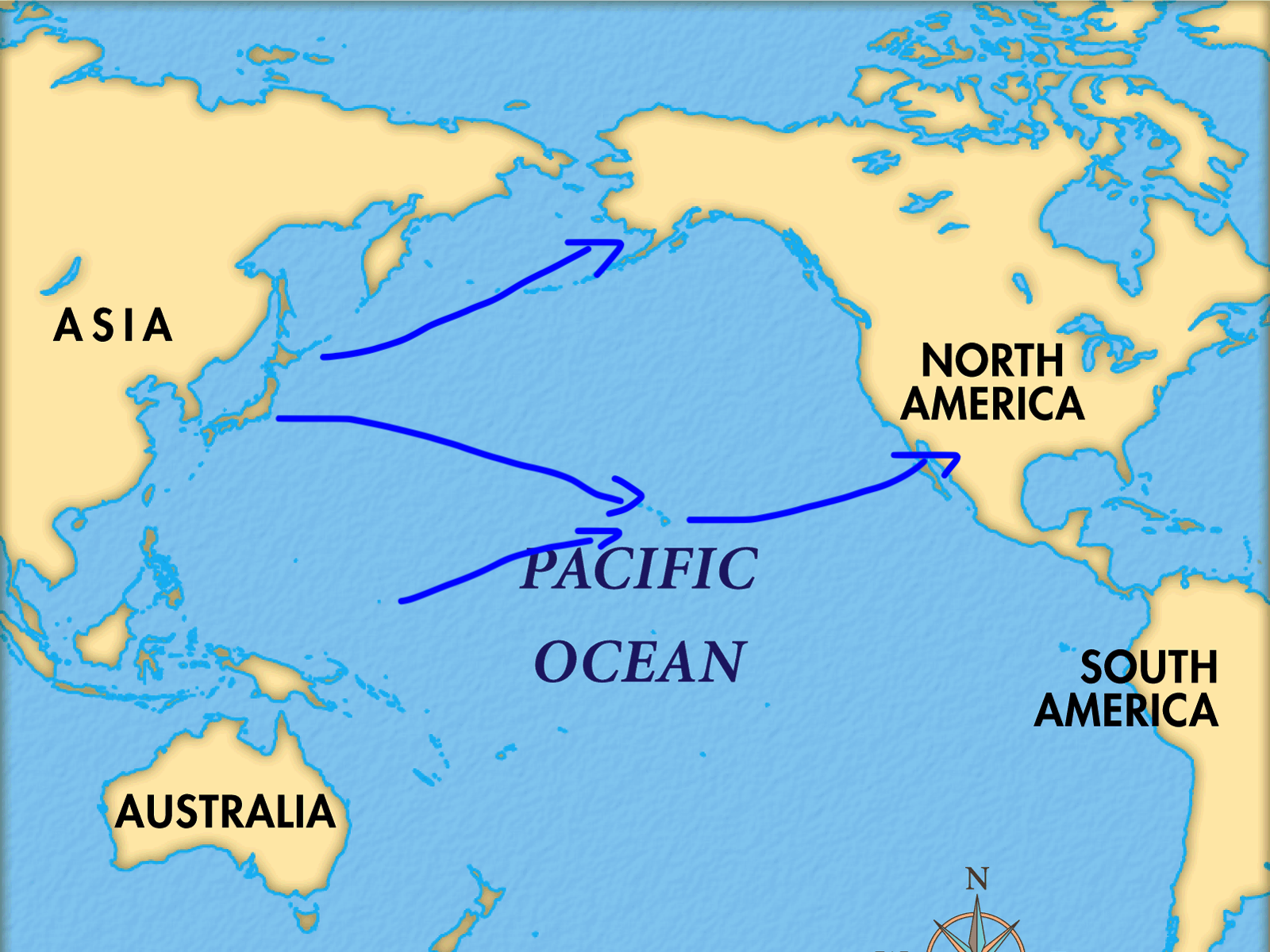
Also, the Ocean’s depth is down further than Mount Everest goes up, which is extremely hard to even think about. This Ocean is also home to every category of organism, from tiny plankton to gentle giants like humpback whales.
2. The Atlantic Ocean: The Bridge Between Worlds
The Atlantic might not be as big as the Pacific, but it’s the ultimate connector. It’s like the hardworking middle sibling—stretching between North America and Europe, as well as South America and Africa.
This ocean has seen countless explorers, traders, and yes, even pirates! It’s not just any bridge, though; it plays a crucial role in circulating warm and cold water across the planet, especially with its famous Gulf Stream.
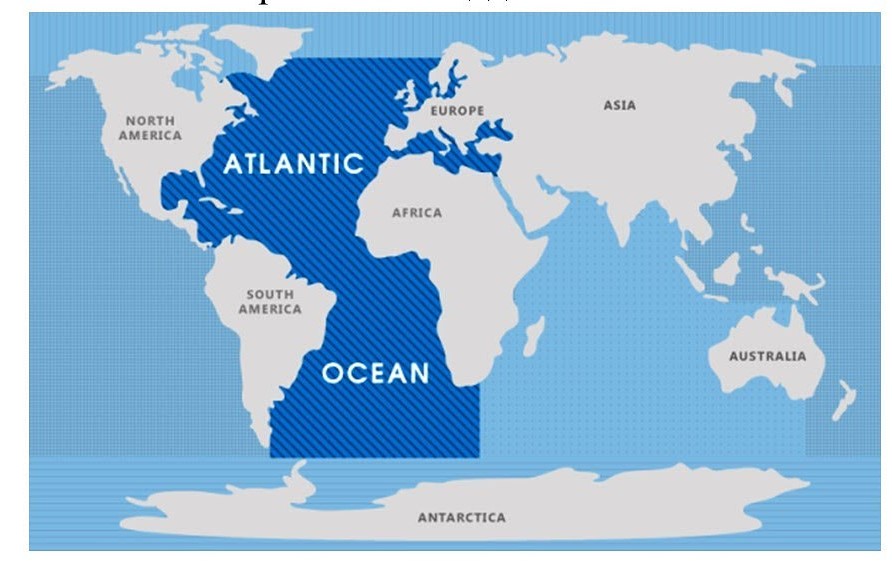
This circulation has a massive impact on weather patterns, making it a key player when it comes to how our weather behaves. And the wildlife? Dolphins, whales, and sea turtles call it home, making the Atlantic one of the busiest of the five oceans.
3. The Indian Ocean: The Warm, Tropical Getaway
Now, if oceans could choose a vibe, the Indian Ocean would be all about warmth and tropical relaxation. This ocean has the warmest waters, and it’s surrounded by Africa, Asia, and Australia, giving it some of the most stunning coastlines and exotic sea life. Picture colourful coral reefs and creatures like the rare dugong, often called a “sea cow.”
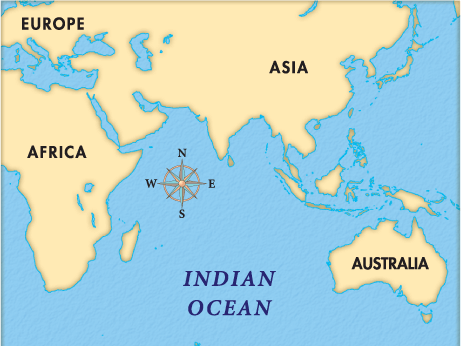
And the history here? Ancient trade routes have crossed the Indian Ocean for centuries, making it just as important to people as it is to marine life. With its warm waters and rich biodiversity, the Indian Ocean is the “spa” of the oceans on Earth.
4. The Southern (or Antarctic) Ocean: The Cold, Quiet Guardian
The Southern Ocean is the most mysterious of the five. It circles Antarctica, so its waters are icy cold and isolated, yet it’s home to incredible life, like penguins, seals, and even gigantic blue whales. It may be out of sight for most of us, but this ocean is super important for Earth’s climate since its cold waters help balance global temperatures.
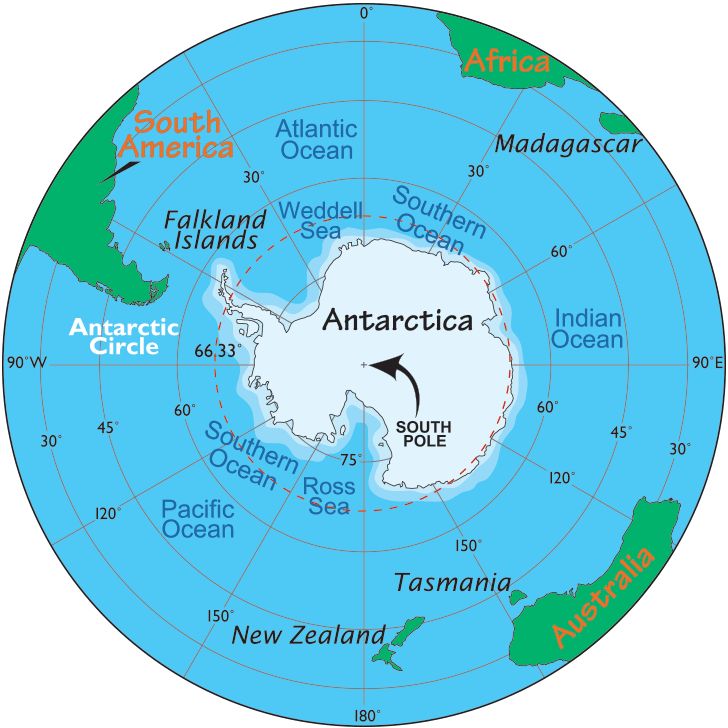
You can think of the Southern Ocean as the quiet type—maybe not grabbing attention, but essential. And while we might not see it up close, this ocean’s cold currents are crucial in keeping our planet’s temperature just right.
5. The Arctic Ocean: The Icy Wonderland
The Arctic Ocean, the smallest of the five, wraps around the North Pole, and much of it is covered by sea ice. However it’s the smallest ocean, and it’s a key player in regulating Earth’s climate.
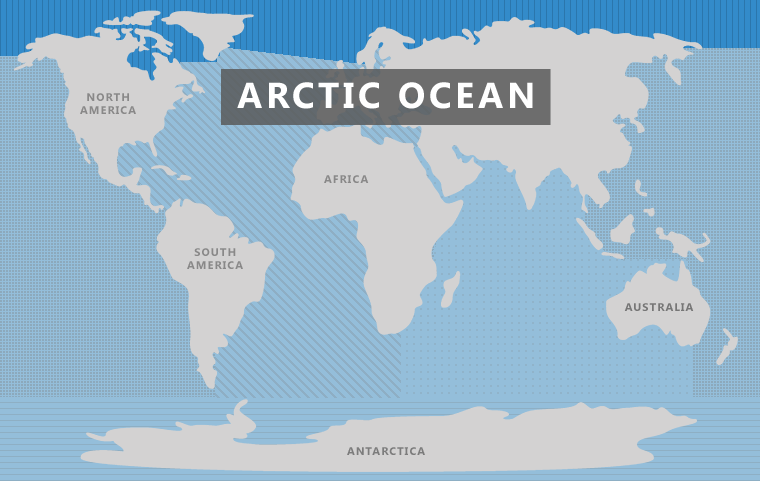
That icy blanket over it, means the Arctic is home to creatures like polar bears and narwhals—the real-life unicorns of the sea. Like the Southern Ocean, its cold waters help cool the planet. It’s a fragile ecosystem, though, and with climate change, the Arctic is warming faster than any other oceans of the world.
The 5 Major Ocean Zones in the World–
The ocean has different layers, like floors in a tall building. Each layer has special animals and plants. Let’s see what they are!
- Sunshine Zone This is the top part of the ocean, where the sunlight reaches. Lots of fish and little plants live here because it’s bright and warm.
- Twilight Zone This part is a little deeper. It’s very dark and dense, but some animals can still glow in the dark!
- Midnight Zone In the midnight zone, it’s very dark, and no sunlight reaches here. Some strange fish, like eels, live in this dark, deep water.
- Abyss Zone This part is even deeper, very cold, and very dark. Only a few special animals, like big squids, can live here.
- Deep-Sea Zone This zone is the deepest zone of the large ocean. It’s extremely dark, excessively cold, and very hard to reside in, but still there are some strong animals, like big squids, who can live here.
Why Is the Ocean Blue?
Have you ever wondered why the ocean looks blue? It’s not because the water is colored like paint! Sunlight is made of all the colors of the rainbow, but when it shines on the ocean, water absorbs most colors and scatters blue light—just like a giant, sparkly mirror. The deeper the water, the darker the blue! Sometimes, the ocean can also look green or even turquoise if tiny plants (like algae) or sand mix in. So next time you see the sea, remember—it’s playing a cool trick with sunlight!
And guess what? This sparkling blue world is home to amazing animals that live in water and on land, like frogs, seals, and crabs!
Some Additional Information : What is the Dead Sea?
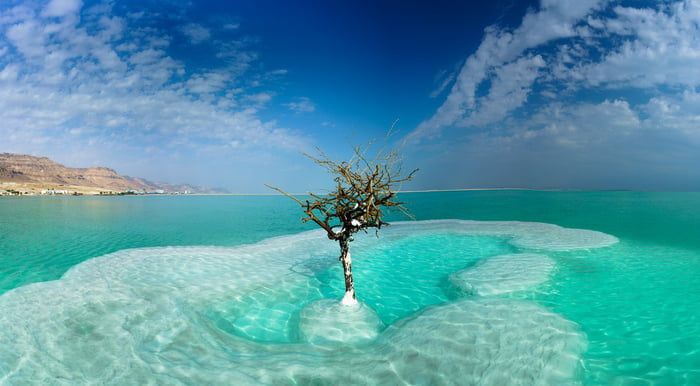
The Dead Sea is a lake between Jordan and Israel with excessively salty water, it’s about 10 times saltier than the ocean’s water. It is so salty that people float over it without sinking a bit. Majority of fish species cannot survive here as it is too much salty for them.
Why the Oceans Matter in Our Lives?
After knowing the answer to the question, What are the 5 ocean names in the World ? You must know that it’s just a useful and important thing for all of us, these five Oceans of the world are not just huge water bodies. They are life providers to all of us.
They generate more than half of the oxygen we breathe, are involved in regulating our weather, and hold about 80% of life on Mother Earth. Whether it’s the the Atlantic’s circulation patterns, the depth of the Pacific Ocean or the Arctic’s icy ecosystem, every Ocean in the World is considered important because of its significance in maintaining the balance of the earth.
Whether the biggest or the smallest, no matter what the 5 Ocean’s size is, every Ocean on the earth has a story as well as a purpose, they are the backbone of our planet.
For more Intresting Blog knowledge Information. Check out Makoons Preschool,Why it is The Best School franchise in India.
FAQ’s
Which is the smallest ocean?
The Arctic Ocean is the smallest, spanning about 5.4 million square miles (14 million sq km)—nearly 12 times smaller than the Pacific.
Why was the Southern Ocean added as the fifth ocean?
The Southern Ocean was recognized due to its unique Antarctic Circumpolar Current and distinct ecological features. It surrounds Antarctica and separates itself from the Atlantic, Pacific, and Indian Oceans.
Are there really 5 oceans, or is it still considered 4?
While some organizations (like NOAA) still refer to four oceans, most modern geographers and National Geographic now recognize five oceans, including the Southern Ocean.
What is the deepest ocean in the world?
The Pacific Ocean contains the Mariana Trench, the deepest point on Earth (36,070 feet or 10,994 meters deep).
Which ocean is the warmest?
The Indian Ocean is the warmest, with surface temperatures averaging around 72°F (22°C) due to its tropical location.
Which ocean is the coldest?
The Arctic Ocean is the coldest, with temperatures often below freezing, while the Southern Ocean is also extremely cold due to Antarctica’s influence
What is the difference between an ocean and a sea?
- Oceans are vast, deep, and globally interconnected.
- Seas are smaller, partially enclosed by land (e.g., Mediterranean Sea, Caribbean Sea).
Which ocean has the most marine life?
The Pacific Ocean has the highest biodiversity, including the Great Barrier Reef and diverse ecosystems near the Coral Triangle.
Can the number of oceans change in the future?
Yes! As oceanography advances, some scientists debate adding new divisions (e.g., a proposed "Sixth Ocean" around submerged continents).
Which ocean is most important for global trade?
The Atlantic Ocean is crucial for shipping routes between North America, Europe, and Africa.
Are all oceans saltwater?
Yes, but the Arctic Ocean has slightly lower salinity due to melting ice, while the Southern Ocean has unique saltwater currents
Which ocean is shrinking, and which is expanding?
- The Pacific Ocean is shrinking (due to tectonic plate movement).
- The Atlantic Ocean is expanding by about 1 inch per year.

